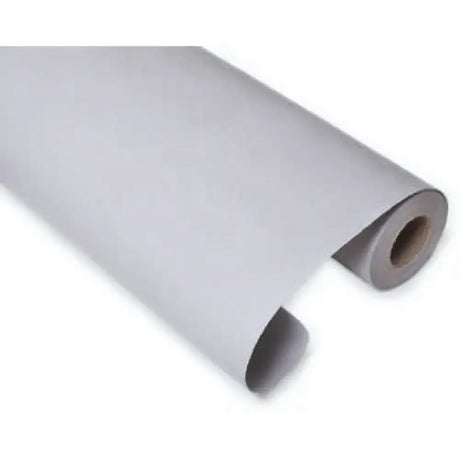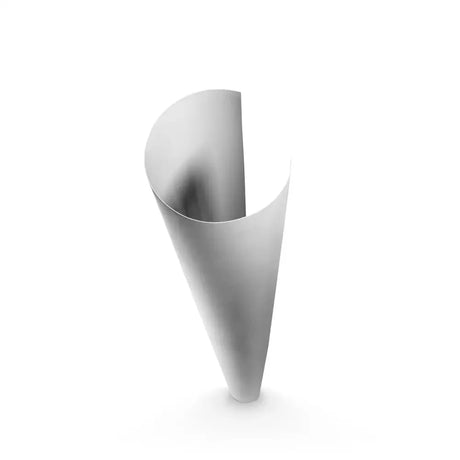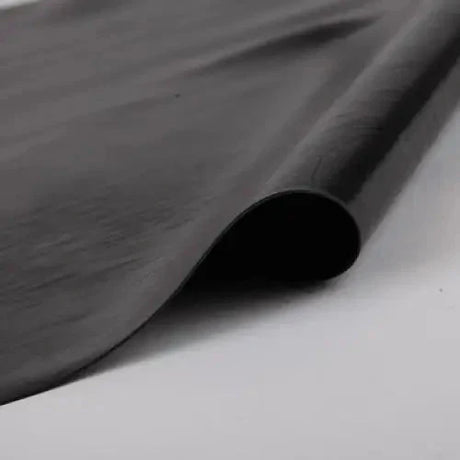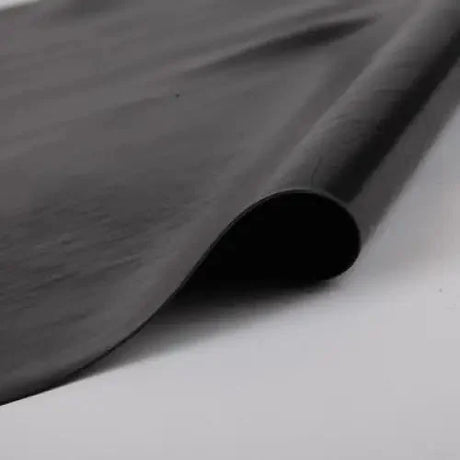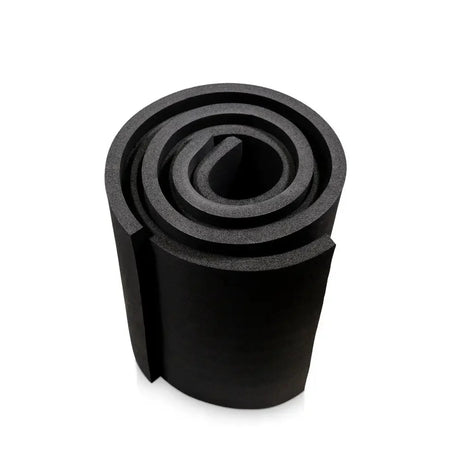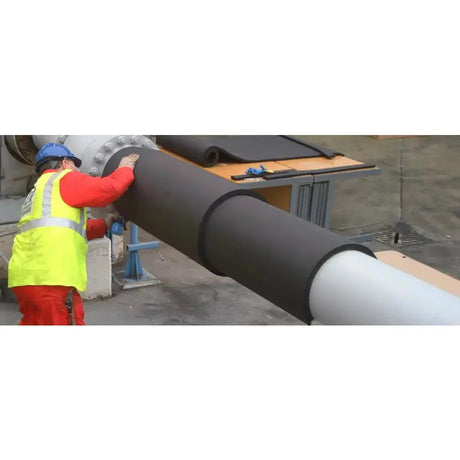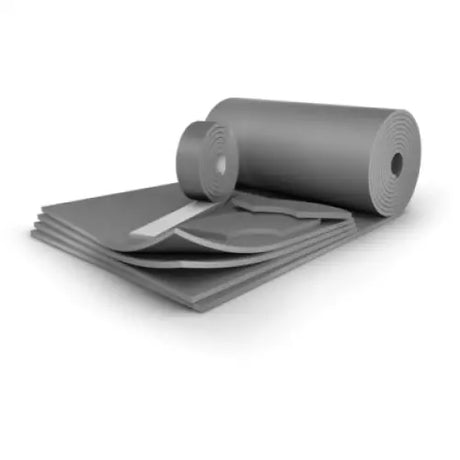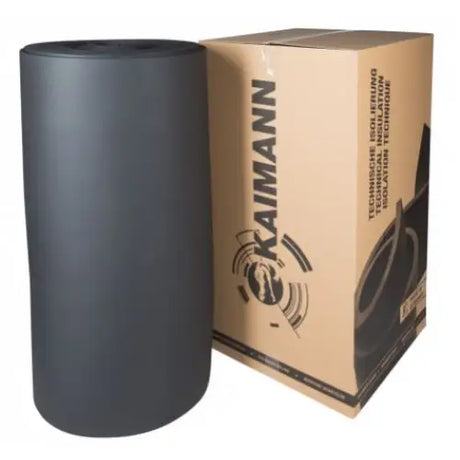AF/Armaflex Class O and Kaiflex ST are the leading flexible nitrile rubber insulation products from Armacell and Kaimann respectively. As pioneers in the elastomeric foam sector, they have each developed closed cell insulation materials with exceptional technical properties and universal applicability across hot and cold HVAC, refrigeration and industrial systems.
With a track record spanning over 50 years, nitrile rubber has become the product of choice for busy public buildings like hospitals, schools, offices, transport hubs and residential apartments. This article provides an in-depth comparison of AF/Armaflex Class O and Kaiflex ST across key performance factors to assess their similarities and differences.
Thermal Conductivity
A key metric for any insulation material is its thermal conductivity, indicated by the 'k-value'. This measures the rate of heat transfer through the material, with lower values indicating better insulating capability.
For elastomeric foam insulation materials, thermal conductivity tends to increase gradually with temperature. Suppliers like Armacell and Kaimann provide k-value equations accounting for this relationship between thermal conductivity and mean temperature:
- AF/Armaflex Class O k-value: 0.033 + 7.1316 × 10-5 × θ + 1.2533 × 10-6 × θ2
- Kaiflex ST k-value: 0.033 + 7.1316 × 10-5 × θ + 1.2533 × 10-6 × θ2
Where θ is the mean temperature of the insulation material in °C.
This equation shows the virtually identical thermal conductivity properties of the two nitrile rubber insulation products across the usable temperature range:
| Mean Temperature | AF/Armaflex Class O k-value | Kaiflex ST k-value |
|---|---|---|
| -10°C | ≤0.032 W/(m·K) | ≤0.032 W/(m·K) |
| 0°C | ≤0.033 W/(m·K) | ≤0.033 W/(m·K) |
| +10°C | ≤0.034 W/(m·K) | ≤0.034 W/(m·K) |
This superior thermal insulation capacity allows minimal heat transfer and energy losses from hot fluid systems. For chilled water and refrigeration systems operating below ambient, the low conductivity ensures surface temperatures remain above the dew point to prevent condensation.
Impact of Insulation Thickness
For AF/Armaflex Class O, the declared thermal conductivity applies to insulation wall thicknesses below 32mm. At higher thicknesses from 32mm to 50mm, the k-value increases slightly to:
- 0.036 + 7.1316 × 10-5 × θ + 1.2533 × 10-6 × θ2
Whereas for Kaiflex ST, the same thermal conductivity equation and performance applies across the entire product thickness range.
So at thicknesses above 32mm, Kaiflex ST maintains a marginally better thermal insulation capacity than AF/Armaflex Class O. However both remain among the best performing flexible elastomeric insulation materials in terms of thermal conductivity.
Water Vapor Transmission
The diffusion of water vapor through an insulation material is indicated by the μ-value, also known as the water vapor diffusion resistance factor. The higher the μ-value, the better the material resists water vapor penetration.
For cold and chilled pipework operating below the dew point temperature, diffusion of water vapor can lead to condensation within the insulation, damaging its performance and accelerating corrosion under insulation. So a high μ-value is critical.
Again, the two nitrile rubber insulation products demonstrate equivalent performance:
- AF/Armaflex Class O offers a μ-value of ≥10,000 for wall thickness below 32mm.
- Kaiflex ST matches this with a μ-value of ≥10,000.
At 32mm thickness and above, the μ-value for AF/Armaflex Class O reduces slightly to ≥7,000. However Kaiflex ST maintains its maximum rating of μ-value ≥10,000 across all available thicknesses.
This very high water vapor diffusion resistance, exceeding 10,000 times that of air, ensures condensation does not form within the insulation material. The closed cell properties prevent moisture ingress, with no need for an additional external vapor barrier.
Equivalent Performance in Preventing Condensation
The matching thermal conductivity and μ-value performance means AF/Armaflex Class O and Kaiflex ST offer virtually identical effectiveness in preventing surface condensation.
For example, to insulate a chilled water line operating at +4°C in an ambient temperature of +20°C and 75% relative humidity, AF/Armaflex Class O would require a minimum thickness of 13mm to maintain the insulation outer surface above the dew point.
Kaiflex ST would require the same 13mm thickness to prevent condensation under these conditions. So both satisfy the key requirement for insulation of cold systems.
Temperature Range
The temperature range over which the insulation products can be applied depends on the base polymer used in manufacturing the material:
- AF/Armaflex Class O uses nitrile butadiene rubber (NBR) so can operate over a temperature range from -50°C up to +110°C.
- Kaiflex ST is also based on NBR chemistry, but has a narrower published temperature range from -50°C to +85°C.
At the low temperature end, both insulations can withstand chilled and cryogenic systems down to -50°C. For lower temperatures, additional protections may be necessary.
At higher temperatures, AF/Armaflex Class O offers greater flexibility to insulate hot water and heating pipes up to 110°C. For applications that exceed 85°C, Kaimann would need to recommend a high temperature product such as Kaiflex HT rated for continuous use up to 150°C.
Potential Variations in Maximum Temperature
In practice, factors like insulation thickness, hot pipe diameter and system operating pressures may influence the safe maximum temperature limit before the material begins to soften and harden over time.
As a guideline, Kaimann suggests that at operating temperatures above +125°C, a minimum insulation thickness of 25-40mm may be required for long term stability with Kaiflex HT. Published temperature limits for elastomeric foam may therefore be conservative, but reduce the risk of potential deformation at higher temperatures.
Fire Performance
Specifiers and building owners demand high levels of fire safety and formal fire certification of construction products. However, different regions rely on their own local fire test standards and classifications. So an analysis of the reaction to fire behaviour involves comparing ratings under multiple national and international standards.
European Fire Ratings
Under the European system EN 13501-1, construction products are classified into Euroclasses A to F with additional indices for smoke (s1 to s3) and flaming droplets (d0 to d2). The relevant ratings for flexible elastomeric foam are:
- AF/Armaflex Class O: Euroclass BL-s1,d0
- Kaiflex ST: Euroclass B-s3, d0
Products rated Class B or above demonstrate compliance with fire safety requirements. However, Armaflex Class O achieves the more stringent ratings with minimal smoke production (s1) and zero flaming droplets (d0).
British Standards Fire Ratings
For the UK market, products are also assessed based on British Standards. Under this system:
- AF/Armaflex Class O meets Class O under BS 476 Part 6 and Class 1 for surface spread of flame as per BS 476 Part 7.
- Kaiflex ST also attains Class O and Class 1 certifications.
Therefore both leading brands satisfy UK regulations for use in commercial buildings.
Global Approvals
Cable insulation is approved by various international bodies to facilitate global specification. Key certifications include:
- FM Approval for AF/Armaflex Class O and Kaiflex ST.
- Underwriters Laboratories (UL) recognition for both materials.
The combination of European, British and international fire ratings permits the flexible nitrile rubber insulation products to be used in projects worldwide.
Environmental Properties
With increasing awareness on sustainability, specifiers analyze the environmental impact of construction products across the full lifecycle from raw material extraction, production, and transportation through to eventual end-of-life.
Key factors assessed for insulation materials include:
- Ozone Depletion Potential (ODP) - Both AF/Armaflex Class O and Kaiflex ST have zero ODP.
- Global Warming Potential (GWP) - GWP is also zero for the leading nitrile rubber brands.
- Recyclability - At end-of-life the materials are non-recyclable and disposed to landfill.
- Volatile Organic Compounds (VOCs) - Negligible VOCs are emitted by the flexible insulation or adhesives.
In terms of key environmental indicators, the two products offer equivalent profiles and credentials.
Sustainability Certification
Armacell publishes Environmental Product Declarations (EPDs) for its insulation materials to support sustainable building schemes like BREEAM, LEED and DGNB. Kaimann also makes EPDs available for Kaiflex covering the product lifecycle impacts.
The insulation manufacturers thereby enable specifiers to gain credits under the Materials sections of green building rating tools.
Acoustic Performance
Closed cell materials like AF/Armaflex Class O and Kaiflex ST provide good sound absorption properties. This allows them to act as acoustic insulators, reducing noise breakout from pipework and ducts.
Typical values for the sound absorption coefficient are:
- AF/Armaflex Class O: αw < 0.45
- Kaiflex ST: Comparable sound absorption to AF/Armaflex Class O.
When used in combination with decoupling wraps and barriers, the elastomeric insulation can significantly cut noise transmission in building services applications.
Structure Borne Noise Reduction
For hot and chilled water pipes, a flexible elastomeric insulation will restrict the transfer of vibrations into the building structure. If pipework is directly fixed to walls and ceilings, noise and vibration will travel throughout the building.
By insulating pipework with materials like AF/Armaflex Class O or Kaiflex ST, a damping effect occurs. For Pipe outer diameters above 100mm, a noise reduction of over 10dB can be attained.
This helps create a quieter indoor environment in apartments, hotels and hospitals where occupants are especially sensitive to plumbing noise.
Design Flexibility
A key benefit of elastomeric foam insulation is the flexible physical properties, allowing the material to stretch and compress during installation:
- AF/Armaflex Class O is available in tubes up to 114mm diameter and 1m wide rolls. It can stretch to twice its original length.
- Kaiflex ST also offers a wide size range. At 70mm wall thickness it has elongation at break over 200%.
This flexibility ensures fullcoverage around valves, bends and pipework equipment without gaps. Pre-formed fittings are also fabricated to insulate flanges and elbows.
The consistent thermal and moisture resistance properties across the thickness range permits specification for small bore pipes through to large diameter ductwork. No changes in insulation material are required.
Ease of Installation
Elastomeric insulation products do not require special PPE for installers as there is no irritant dust or fiber release. The insulation can be cut smoothly using a knife or blade.
For indoor visual requirements, AF/Armaflex Class O and Kaiflex ST are available with a clean white finish or decorative laminate cladding systems.
Self-adhesive tubes and rolls are offered by both brands to simplify application and reduce installation time. Overall, the combination of flexibility, compression and adhesion properties minimize on-site fabrication time compared to more rigid insulants.
Global Availability and Support
With mature global distribution networks for their insulation materials and accessories, Armacell and Kaimann offer supply and technical support across international markets.
Strategically located manufacturing plants around the world help deliver their nitrile rubber insulation products wherever specified. This ensures regional availability of AF/Armaflex Class O and Kaiflex ST together with compatible adhesives and other system components.
Through worldwide design and specification teams, the insulation specialists are equipped to assist with product selection, calculations and training while supporting programs on major projects.
Conclusion
AF/Armaflex Class O and Kaiflex ST demonstrate near equivalent performance across critical technical attributes like thermal conductivity, resistance to water vapor, fire ratings and acoustic properties. Both brands provide a flexible nitrile rubber insulation solution suitable for demanding HVAC, refrigeration and process industry applications.
Some differences exist in maximum service temperature and certain niche certifications. However, the products match where it matters most - in preventing condensation and minimizing heat gain/loss through superior insulation performance.
With strong technical pedigrees and track records, globally available support, and brand reputation, AF/Armaflex Class O and Kaiflex ST represent the premium standard of flexible elastomeric foam insulation.


